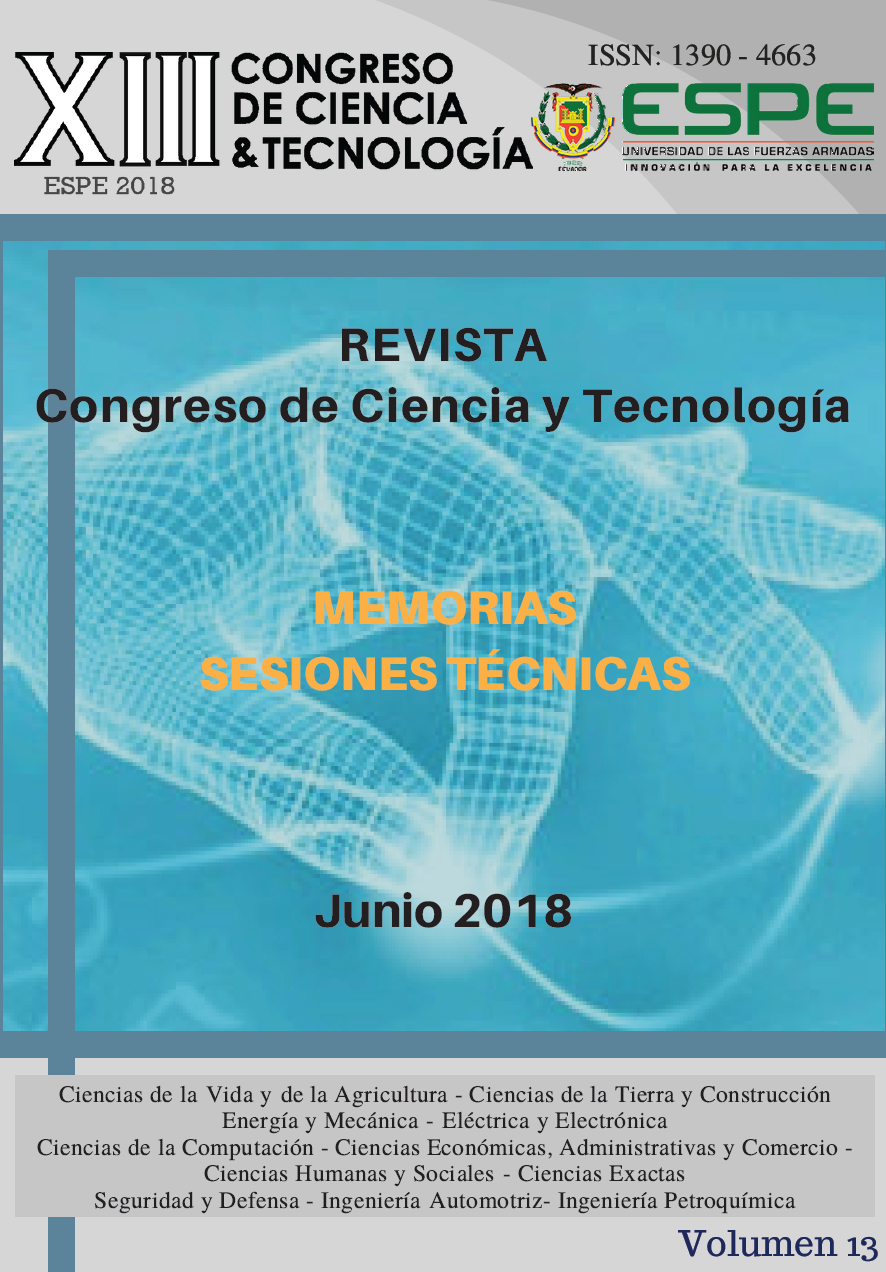The Effect of Machining on Surface Integrity of AISI 1018
DOI:
https://doi.org/10.24133/cctespe.v13i1.838Abstract
The present work studies the effects of the feed rate and depth cut in the surface roughness, microhardness, microstructure and mechanical properties of AISI 1018 steel. The scientific method is applied to an experimental methodology that allows the quantification of results through chemical composition tests, CAD processes / CAE / CAM, metallographic analysis and hardness measurements. The results obtained contrast the trend and influence of the study parameters, raise causes and favorable or unfavorable effects on the surface of machined steel within a sustainable manufacturing process.
Downloads
Published
Issue
Section
License
Los autores que publican en el Congreso de Ciencia y Tecnología están de acuerdo con los siguientes términos: Los autores conservan los derechos de autor y garantizan al congreso el derecho de ser la primera publicación del trabajo al igual que licenciado bajo una Creative Commons Attribution License que permite a otros compartir el trabajo con un reconocimiento de la autoría del trabajo y la publicación inicial en el congreso. Los autores pueden establecer por separado acuerdos adicionales para la distribución no exclusiva de la versión de la obra publicada en el congreso (por ejemplo, situarlo en un repositorio institucional o publicarlo en un libro), con un reconocimiento de su publicación inicial en este congreso. Se permite y se anima a los autores a difundir sus trabajos electrónicamente (por ejemplo, en repositorios institucionales o en su propio sitio web) antes y durante el proceso de envío, ya que puede dar lugar a intercambios productivos, así como a una citación más temprana y mayor de los trabajos publicados.

